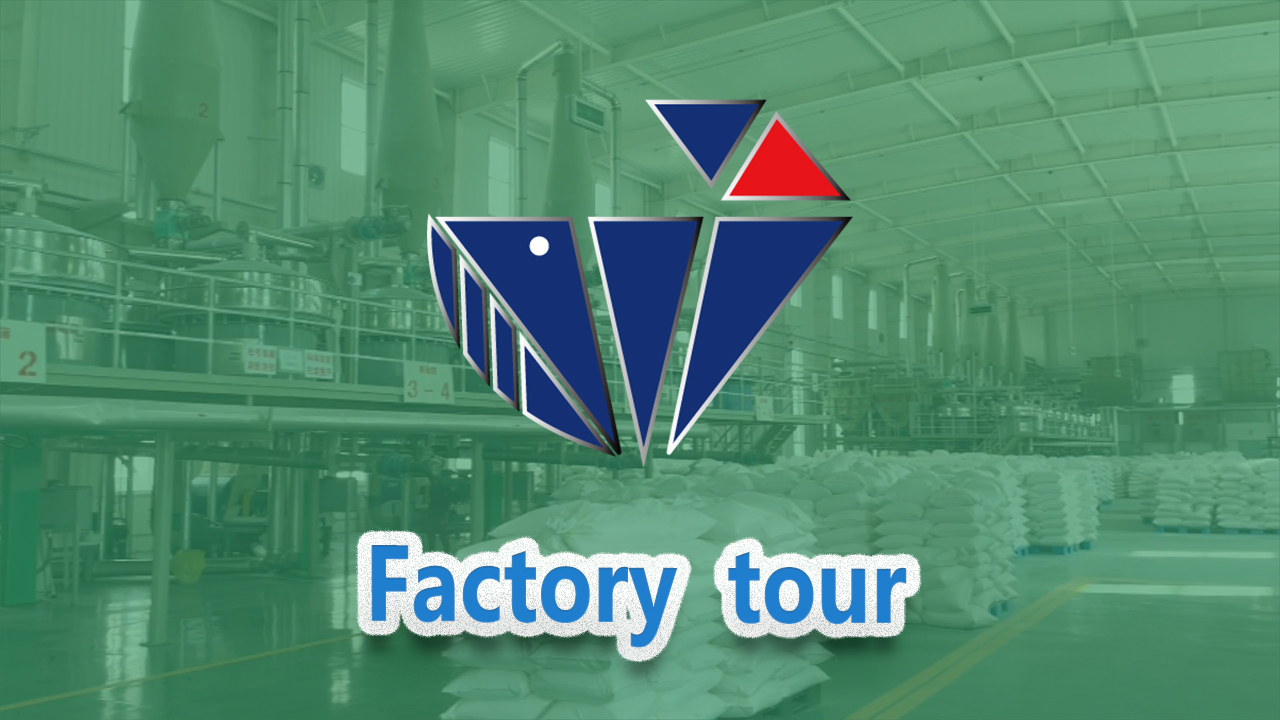
авг . 06, 2024 12:10 Back to list
Exploring the Benefits of HPMC in Enhancing Gypsum Plaster Performance and Workability
The Role of HPMC in Gypsum Plaster Enhancing Performance and Application
Hydroxypropyl Methylcellulose (HPMC) is a water-soluble polymer that plays a crucial role in a variety of construction materials, particularly in gypsum plaster. Its unique properties enhance the performance, workability, and overall quality of gypsum-based products, making it a preferred additive in modern construction practices.
Gypsum plaster, known for its excellent fire resistance, sound insulation, and smooth finish, is widely used in both interior and exterior applications. However, its performance can be influenced by various factors, including the method of application, environmental conditions, and the quality of the raw materials used. This is where HPMC comes into play. By integrating HPMC into gypsum plaster formulations, manufacturers can achieve significant improvements in several key areas.
The Role of HPMC in Gypsum Plaster Enhancing Performance and Application
Moreover, HPMC contributes to the adhesion properties of gypsum plaster. It enhances the bond between the plaster and the substrate, which is vital for long-lasting finishes. This improved adhesion reduces the risk of cracking and peeling, ensuring that the plaster remains intact under various conditions. As a result, structures treated with HPMC-enhanced gypsum plaster display greater durability and longevity, making it a favored choice for both residential and commercial buildings.
hpmc for gypsum plaster

The use of HPMC also positively impacts the rheological properties of gypsum plaster. It modifies the viscosity and flow behavior of the mixture, leading to smoother application and less effort required for spreading. This is particularly beneficial in projects where uniform application thickness is needed to achieve a polished appearance. By enhancing flow properties, HPMC makes it easier to spread the plaster over different surfaces, including walls and ceilings, thereby improving labor efficiency.
Another significant advantage of incorporating HPMC in gypsum plaster is its influence on the setting time. By carefully adjusting the concentration of HPMC, manufacturers can control the drying and hardening process. This versatility allows for the formulation of specialized plaster products tailored for specific environmental conditions and application needs. Faster setting formulations can be created for projects with tight deadlines, while slower-setting mixes can be designed for detailed work that requires more time.
Furthermore, HPMC contributes to the overall sustainability of gypsum plaster. As building practices evolve towards environmentally friendly solutions, the inclusion of HPMC can help create low-VOC and non-toxic plaster products. Its water-soluble nature means that HPMC does not contribute harmful gases or flavors during application, enhancing air quality in enclosed spaces during and after installation.
In conclusion, the use of HPMC in gypsum plaster formulation not only improves the material’s performance but also enhances the user experience in terms of workability and application. By optimizing water retention, adhesion, flow properties, and setting times, HPMC serves as a vital additive that contributes to the durability and effectiveness of gypsum-based products. As the construction industry continues to evolve, the role of HPMC will likely become even more significant, paving the way for innovative plaster solutions that meet the demands of modern architecture while promoting sustainability.
-
Versatile Hpmc Uses in Different Industries
NewsJun.19,2025
-
Redispersible Powder's Role in Enhancing Durability of Construction Products
NewsJun.19,2025
-
Hydroxyethyl Cellulose Applications Driving Green Industrial Processes
NewsJun.19,2025
-
Exploring Different Redispersible Polymer Powder
NewsJun.19,2025
-
Choosing the Right Mortar Bonding Agent
NewsJun.19,2025
-
Applications and Significance of China Hpmc in Modern Industries
NewsJun.19,2025







